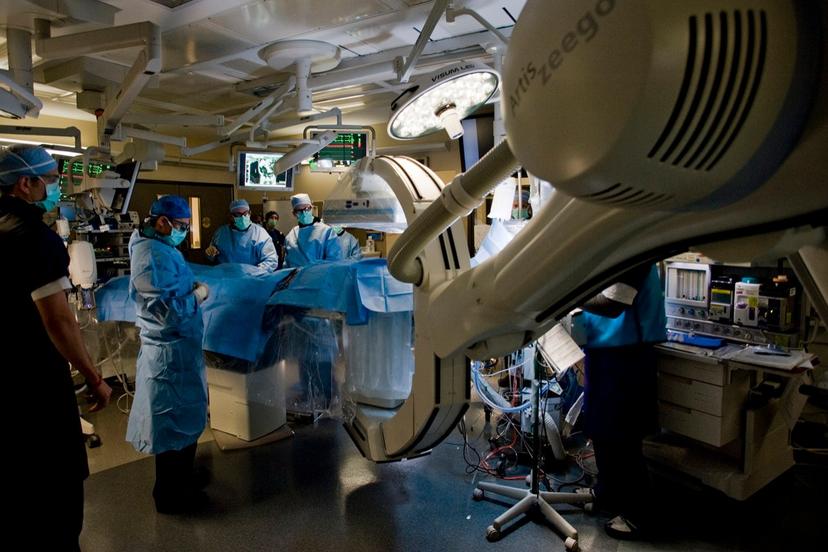Medical Equipment Manufacturing

Background
Rudimentary medical devices have been used for thousands of years. The ancient Egyptians used bronze instruments to practice trepanation, which is the practice of cutting or drilling holes in a patient’s head to relieve pressure, reduce swelling, and release perceived “evil spirits.” The “Hippocratic Oath,” attributed to Hippocrates, dates back to 300 B.C. and sets forth ethical rules for physicians, but also described scalpels, retractors, and other instruments used by Greek physicians. In the 2nd century A.D. the Greeks and Romans used iron, copper, and bronze medical instruments to remove bladder stones and perform other procedures. Medieval physicians used a variety of medical instruments and equipment to treat patients, including scalpels, saws to perform amputations, bloodletting devices, and needles and thread to seal wounds.
Until the 19th century, most medical instruments and equipment were pretty basic. In 1895, X rays were discovered by Wilhelm Conrad Roentgen. This created a revolution in imaging, which, coupled with advances in technology, changed the face of medical equipment and instrument manufacturing. In the 20th century and early years of the 21st century, a variety of imaging and diagnostic equipment was developed, and improvements were made to medical instruments that made them easier to use and more effective. Medical equipment became cutting-edge, and companies now spend large sums of money to develop new products. Major medical equipment and device inventions include the electrocardiograph machine (1903), practical respirator (1927), artificial pacemaker (1930s), kidney dialysis machine (1945), plastic contact lens (1948), artificial heart valve (1951), cardiac pacemaker (1952), artificial hip replacement (late 1950s), internal pacemaker (1960), ultrasound technology (1960s), soft contact lenses (1971), computerized axial tomography (1972), cochlear implants (1978), magnetic resonance imaging scanner (1981), permanent artificial heart implant (1982), medical-related software (1990s–present), artificial liver (2001), and eLegs Exoskeleton (2010).
Various government agencies have regulated medical devices over the years. Medical devices were first officially defined in the Federal Food, Drug, and Cosmetic Act of 1938. In 1976, the Food and Drug Administration received authority from Congress to review and monitor the manufacture and use of medical devices as a result of the Medical Device Amendments. The amendments allowed the FDA to categorize all medical devices into three classes based on their level of complexity. Other key laws include the Safe Medical Devices Act of 1990, which increased reporting requirements for medical device manufacturers; the FDA Modernization Act of 1997, which exempted many Class I and Class II devices from the time-consuming premarket approval process; the Medical Device User Fee and Modernization Act of 2002, which increased the fees medtech companies paid to the FDA for product review, but also decreased the time it takes to receive product approval; the Medical Modernization Act of 2003, which increased the number of screening procedures and access to medical trials available to Medicare patients—thereby increasing demand for medical technology; the Patient Protection and Affordable Care Act of 2010, which was expected to expand health insurance coverage to 25 to 30 million Americans, and increase demand for medical instruments and equipment; and the Leahy-Smith America Invents Act of 2011, which transitioned U.S. patent law from a “first to invent” to a “first to file” system—patents are awarded to the first company or individual that applies, rather than the first inventor.
The medtech industry is one of the most innovative industries in the world. Technological innovations—especially those in computer science and biotechnology—are allowing designers and engineers to create a wide range of cutting-edge technologies—ranging from artificial body parts and implantable defibrillators, to new imaging modalities, such as three-dimensional X-ray machines.
